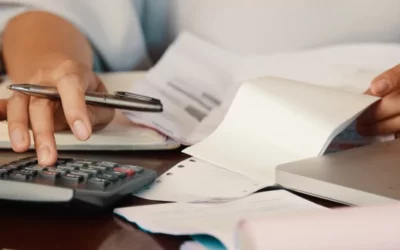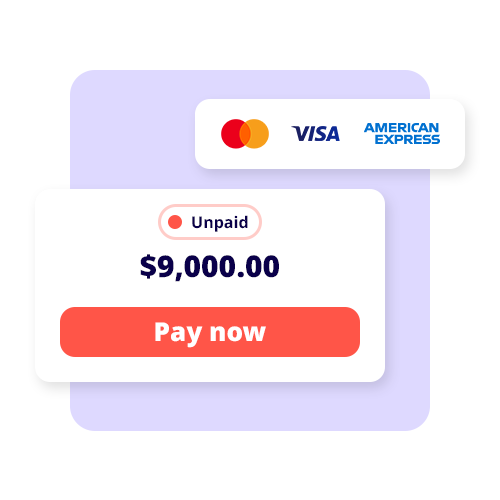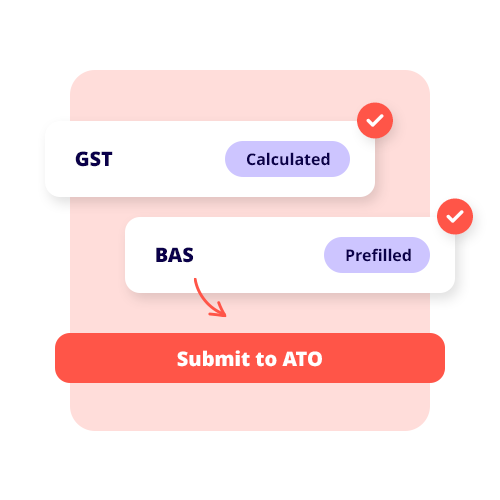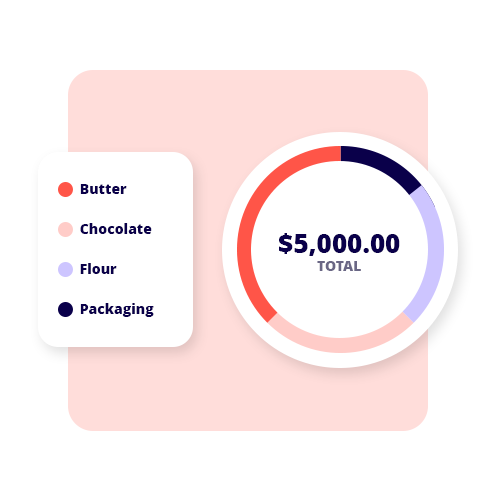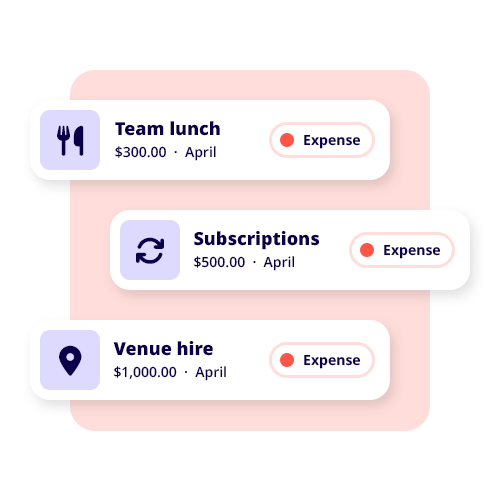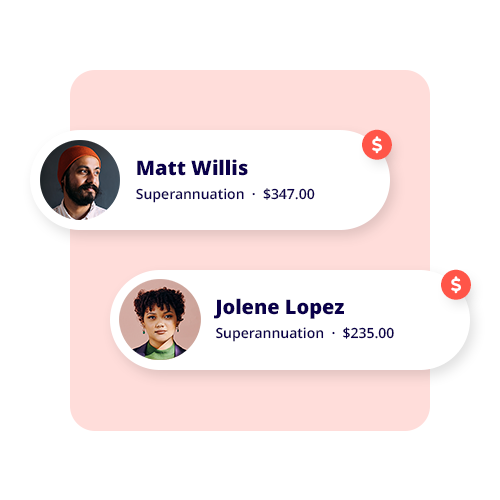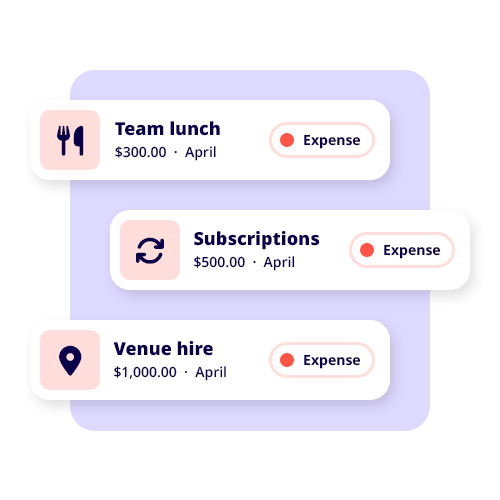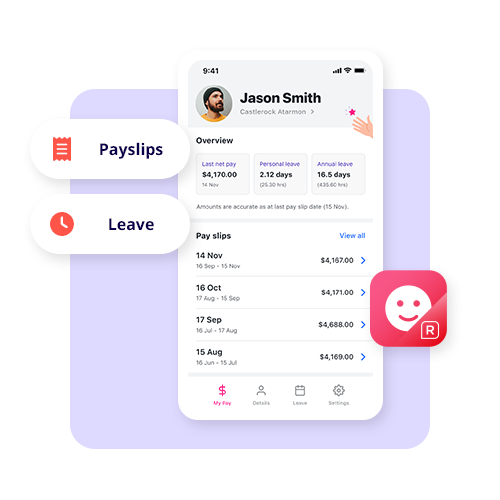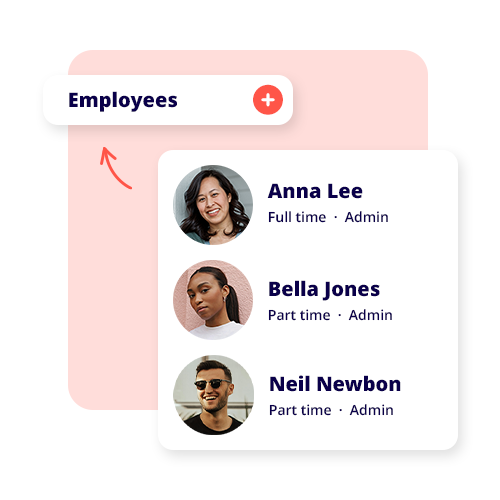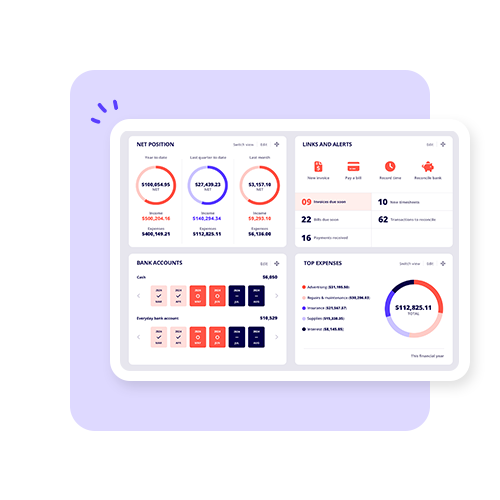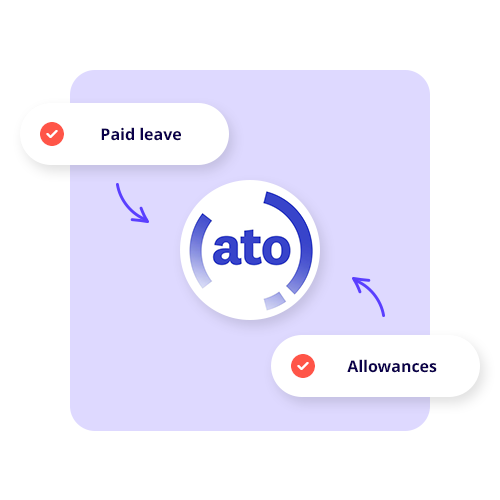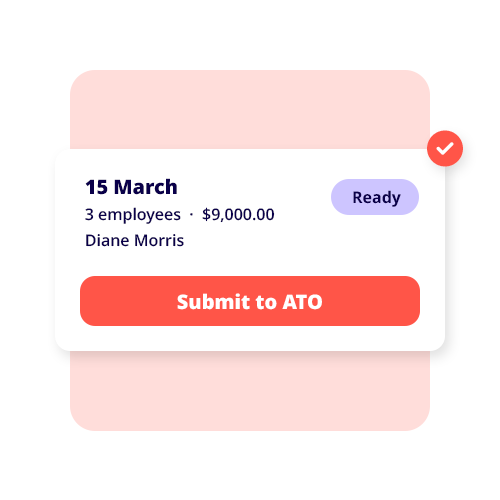SMALL BUSINESS GUIDES
Your guide to invoicing
Everything you need to know about invoicing including reducing your admin & getting paid faster!
What is a Purchase Order?
A purchase order (PO) is a commercial document between a buyer and seller that signals the intent to purchase goods and services. POs are a legal, agreed-upon commitment; if a business needs an item from its supplier, it sends a purchase order to the supplier to...
What is a Purchase Order?
What’s a purchase order? We break it down, show why it matters, and how it helps your small business stay on track.
What is Remittance Advice?
Remittance advice is an optional payment process that can help your business be more efficient and reliable. Read on to find out more.
Electronic Funds Transfer (EFT) Payment
Australians make millions of electronic transactions every day. Learn how to use EFT payments for your small business.
What is a proforma invoice?
Discover what a pro forma invoice is and how to use it when running your day-to-day small business operations.
What is an invoice?
Invoices are an essential document for businesses to get paid. Learn what an invoice is and how to use it for your small business.
How to write a quote?
If you’re in the service industry and provide your time, skills, and materials to clients, then it’s likely that sooner or later, you’ll be asked for a quote. Quotes or estimates may also be used if you sell products, such as shipping supplies, to customers....
10 Benefits of Online Invoicing
If your business is like most, you spend a lot of your time creating and sending out invoices to your clients. Of course, this is the basic operation which gets you paid, keeping your business successful and your cashflow high. Unfortunately, invoicing can be...
Bad debts written off
Throughout your business life, you’ll likely have trouble with unpaid invoices and bad debts. In certain circumstances, you’ll need to have these bad debts written off for tax purposes. So, when can you write off a bad debt? Typically, a larger business gets...
What is a price quote?
A price quote is a way of pre-informing a customer or client what they should expect to pay for your goods or services. If a customer wants to buy several products from your business or engage your services, you can quote them on what it will cost beforehand, so...
How to avoid invoicing mistakes
You’ve done the work, provided the services and earned your money. But are you making invoicing mistakes? If you don’t know how to avoid invoice mistakes, you’re probably wondering, “where’s my cash?” Because your client still has kept it tucked away in their...
How to collect debts from clients
Being owed an outstanding debt is a common problem for any small business. When you’re owed cash from reluctant clients, you need to be smart about how to collect debt. But how does a small business learn how to collect a debt from a payer? What should you have...
Download your free tax invoice template
Custom invoice template in Word, Excel,
and PDF
Not sure what to include on tax invoices? Try our free invoice template for small businesses!
Downloadable as editable PDF, Microsoft Word, or Excel invoice templates, these easy-to-use print documents contain all the legal requirements your business needs for creating invoices, billing clients, and getting paid faster.
Add your business name, customize it, and you're good to go!
Discover other small business resources
Try Reckon One free today!
Cancel anytime. Unlimited users.












